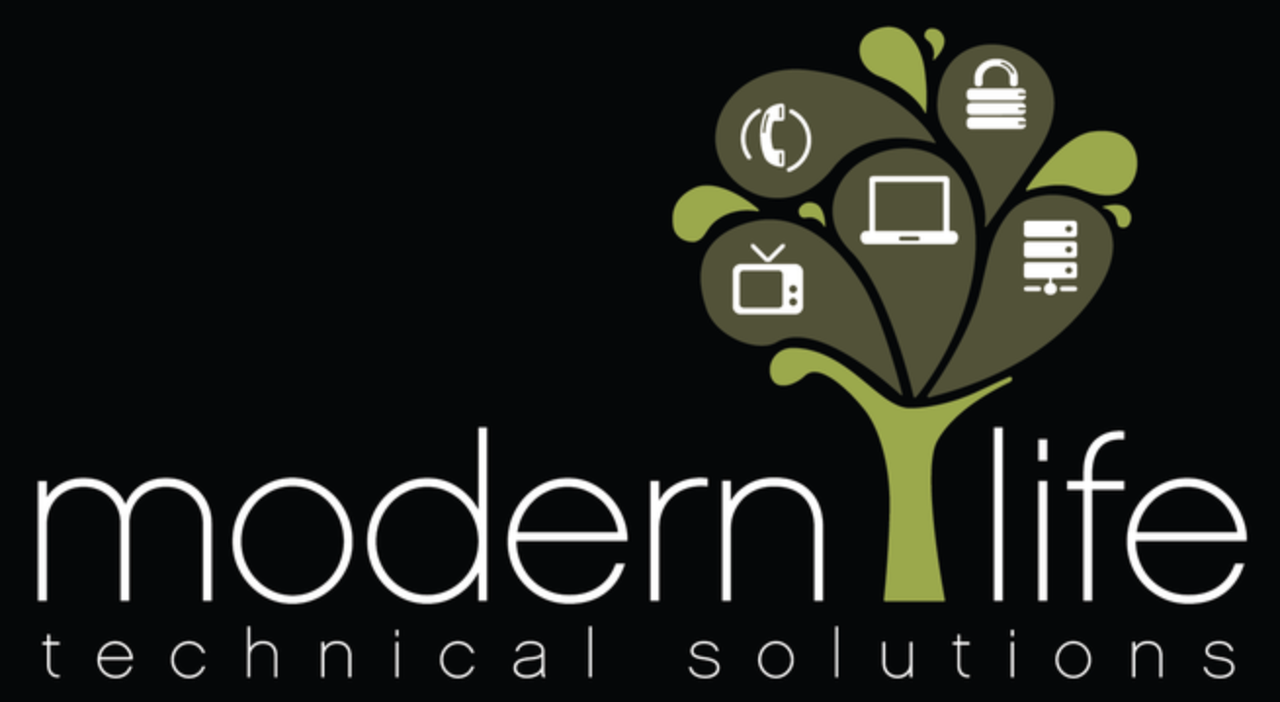
08 Jul The Importance of Incorporating Backup Solutions Into a Disaster Recovery Plan
 When the worst happens, the best are prepared.
When the worst happens, the best are prepared.
Successful organizations regard disaster in terms of when “when,” rather than “if,” and plan accordingly. Leading technical firms like IBM specialize in helping businesses, government agencies, and others figure out how to outlast and survive disaster when it strikes.
The secret to success? Taking not a reactive, but a proactive stance. This includes creating a disaster recovery plan that includes sufficient backup solutions to ensure continuity of operations.
What Is a Disaster Recovery Plan?
A disaster recovery plan, when prepared correctly, provides a holistic approach for how an organization will keep it together when the things fall apart.
Though we can’t control what happens, we can control how we respond to events like…
- Violent Weather
- Natural Disasters
- Terror Attacks
- Cyberattacks
- Infrastructure Failure
Cyberattacks are a relatively new threat that can quietly cripple an individual, company, government agency, or other institution. In some ways, these attacks can inflict more long-term damage than a terror attack on physical infrastructure.
In general, cyberattackers pursue one of a three angles – stealing data to leverage for their personal financial gain; wreaking havoc to cripple or damage an institution for the advantage of a competitor; or, causing chaos because they can. Just for sport.
All three employ techniques and software that can inflict lifelong damage upon an organization, or one’s personal identity.
Though we can’t stop what someone might do, we can strengthen the likely targets, and have a Plan B ready to go in the event that an attack is carried out successfully.
Protect Your Information
The first line of defense against cyberattacks, however, isn’t hardware or software.
It’s you and your people.
While some of the most advanced network solutions offer tools to protect against CEO fraud and other common phishing attacks, in most other cases you and your staff will be responsible for knowing when not to click a link, and whether a sender isn’t legitimate.
Otherwise, it’s easy to unwittingly give away a key piece of information, or download a corrupt file.
Training and company policies can be key preventative measures.
Redundancy, Redundancy, Redundancy
Backup solutions represent another one of the most vital parts of a recovery plan. The organization must be prepared to replace equipment and recover capability quickly if continuity is lost.
For Power
Electricity is life.
The foundation of any backup solution is provisioning for the loss of electrical power. A disaster of scale can break down the local power grid for a period lasting from hours to even weeks. When every second counts, downtime to this extent is almost unimaginable.
An Uninterruptible Power Supply (UPS) connected to a capable emergency generator or solar array provides partial or complete independence from an increasingly vulnerable, aging electrical infrastructure.
More than just keeping the lights on, a UPS solution also offers sensitive components protection from damaging power fluctuations and spikes that occur during the grid repair process.
For Data
Cloud-based services can provide secure backup solutions for the maintenance and access of data during disaster situations, and add a layer of redundancy to on-site servers and hard drives.
Having a backup in the cloud can provide a seamless changeover when primary physical facilities have been destroyed or are otherwise inaccessible.
Backup solutions in disaster recovery planning should account for every possible variable, which a business or organization itself may not be able to consider independently.
For Connectivity
However robust their infrastructure, every internet service provider experiences disruptions (as you may have noticed), with lines vulnerable to tree trimming mishaps, electrical line work, vehicle crashes and fires.
It’s a good idea to have not only more than one service, but more than one type. A fiber optic service for daily use offers speed and economy, but a satellite ISP is much less vulnerable to anything that might be happening on the ground. You’ll get slower speeds at a premium, but it is more likely to keep you going when all else fails.
When integrated properly, the changeover can happen automatically, and seamlessly.
Continuity Is Critical
For many businesses, government agencies, and non-profit service providers, operational continuity serves as the number one priority, especially in times of disaster.
Those whose business, and whose clients, would suffer in the event of an outage should consider outside technical consulting.
An outside expert like Modern Life Technical Solutions can bring perspectives and experiences from the field that the organization itself may not grasp on its own. We have expertise in dealing with complex technical issues and obstacles, government responses, essential equipment, and other key factors in recovery.
Unless a business has an in-house team dedicated to the subject, it pays to bring in a disaster recovery planning team. We provide backup solutions and help to solve problems quickly and get things back to normal operation after the inevitable happens. Contact us today to get started.

